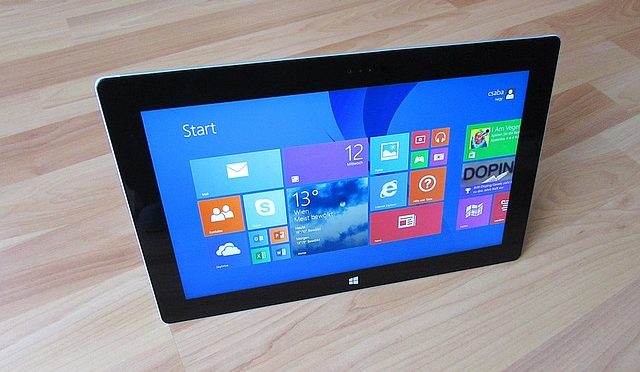Some PXE clients send extraneous garbage characters in TFTP requests for files, e.g. “RRQ from … filename pxelinux.biny#012;o#036”instead of just “pxelinux.bin”. This is logged in the syslog. To work around this we can use a feature of tftp-hpa to remap file names, based on a rewrite regex: /etc/default/tftp-hpa: TFTP_OPTIONS=”–secure –verbose -v -m /etc/tftpd.map” /etc/tftpd.map: r … Continue reading Remapping file names with TFTP-HPA for buggy PXE clients
Exim HELO hostname on Debian
By default Exim4 presents the system hostname as the HELO greeting during an SMTP session. If you are using the Debian Exim with the “single file config” and want to define a specific hostname to use, create the following file containing the line below: /etc/exim4/exim4.conf.localmacros primary_hostname = my.server.fqdn.net Restart Exim for the change to take … Continue reading Exim HELO hostname on Debian
Qemu 5+ on Windows Host With WHPX
Running Linux guests using Qemu 5.0+ on a Windows host, using the WHPX accelerator, may fail to start and freezes on this line: [ … ] Freeing unused kernel image memory: … These guests work fine using Qemu 4 on the same Windows host, configured to use a SkyLake CPU type. The issue can be … Continue reading Qemu 5+ on Windows Host With WHPX
config for PXE Booting using isc-dhcp-server
Here is a section of the config file for isc-dhcp-server, showing the syntax to cater for a variety of PXE client types
Invalid Signature with GRUB
A MacBook Pro 7.1 configured for triple booting between MacOS, Linux & Windows failed to load Windows from Grub bootloader, reporting “invalid signature”. Configured with Refind boot manager and a Hybrid MBR, which initially had the Ext4 Linux partition in the MBR but not the NTFS Windows partition, we attempted to chainloader the Windows boot … Continue reading Invalid Signature with GRUB
Windows 10 Photos Imports Duplicates
If you use the Windows 10 Photos application to import photos from an SD card or camera, note the following to avoid creating duplicate files: Selecting a folder that was imported previously will cause duplicates of photos. The duplicates will be placed in the same folder but renamed with a number at the end, e.g. … Continue reading Windows 10 Photos Imports Duplicates
Need help?
Need help with your Windows computer? Got a blue screen crash? Got a black screen error message you can’t get past? Contact us now for the friendly and knowledgable support you’re looking for…
PXE Booting Guide
Configure DHCP ServerConfiguration below is for isc-dhcp-server on Linux: # For hardware LAN Boot ROMs:option tftp-server-address 192.168.1.200;filename “pxelinux.0”;# For HyperV Guests:# option 60 = client identifieroption dhcp-client-identifier “PXEClient”;# option 66 = TFTP server nameoption tftp-server-name “192.168.1.200”;# option 67 = Bootfile nameoption bootfile-name “pxelinux.0”; 2. Configure TFTP ServerOn Linux, tftp-hpa is recommended, with a directory structure … Continue reading PXE Booting Guide
OXO Connect with Mikrotik RouterOS
Mikrotik RouterOS based routers can be used as VPN endpoints to provide remote support for Alcatel-Lucent PABX’s. This includes the virtual device images (Cloud Hosted Router), so a dedicated virtual machine can be implemented to provide the VPN responder. At the time of writing this post, Mikrotik does not support EAP on the responding end, … Continue reading OXO Connect with Mikrotik RouterOS
OXO Connect to Linux with Strongswan
Strongswan is a IPsec provider for Linux. It can be used to provide a responder endpoint for connection to phone systems using OXO Connect. Below are the key settings that have been tested to work with a OXO Connect PSK-PSK profile, using Debian Linux: /etc/ipsec.conf: conn ike2psk-clientA auto=add keyexchange=ikev2 ike=aes256-sha2_256-modp2048! # modify to match esp=aes256-sha2_256-modp2048! … Continue reading OXO Connect to Linux with Strongswan


